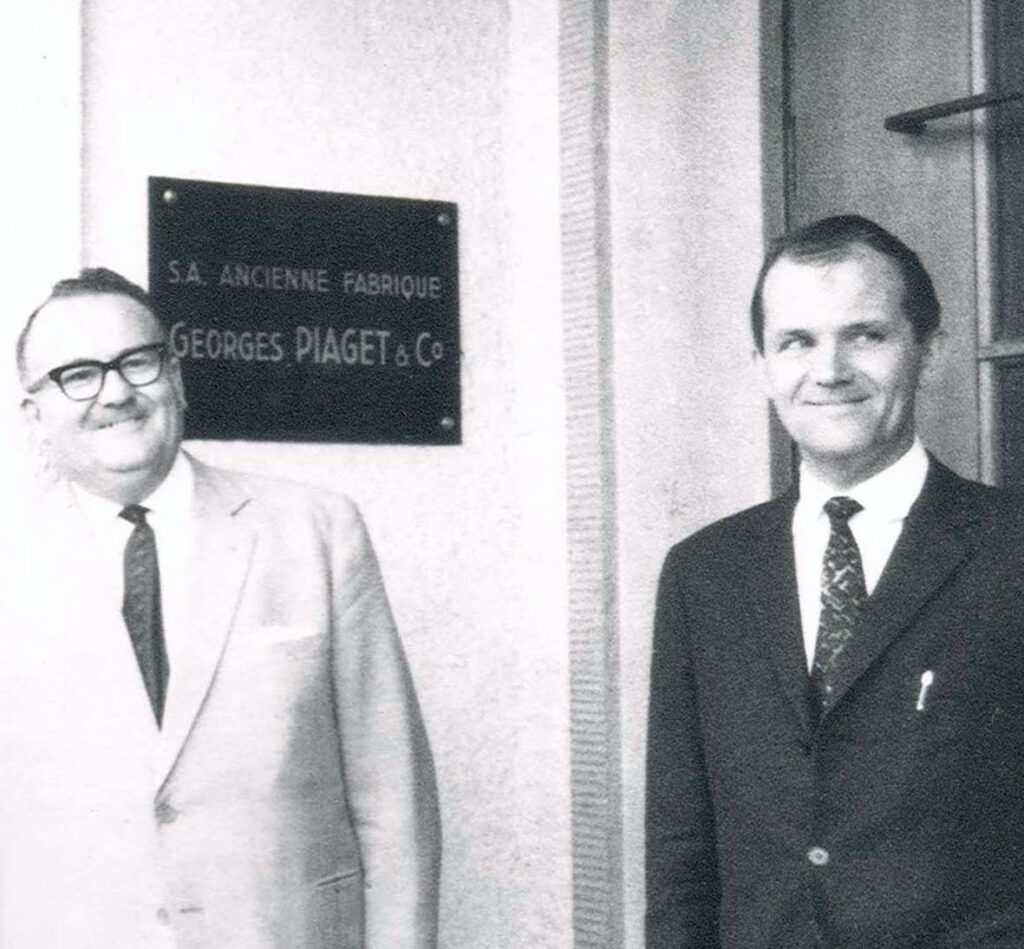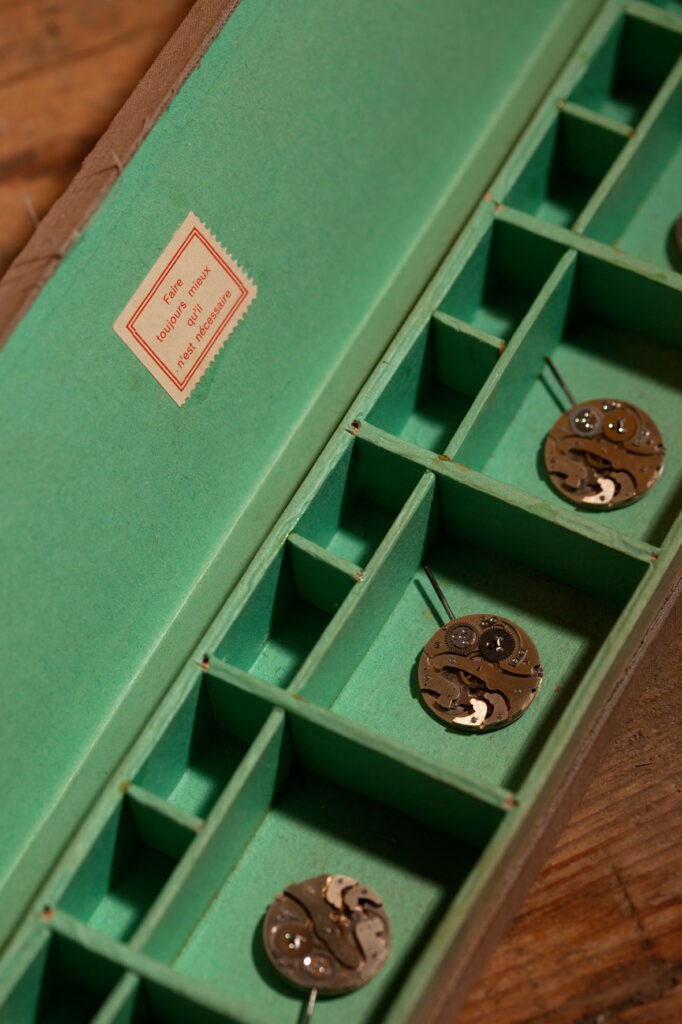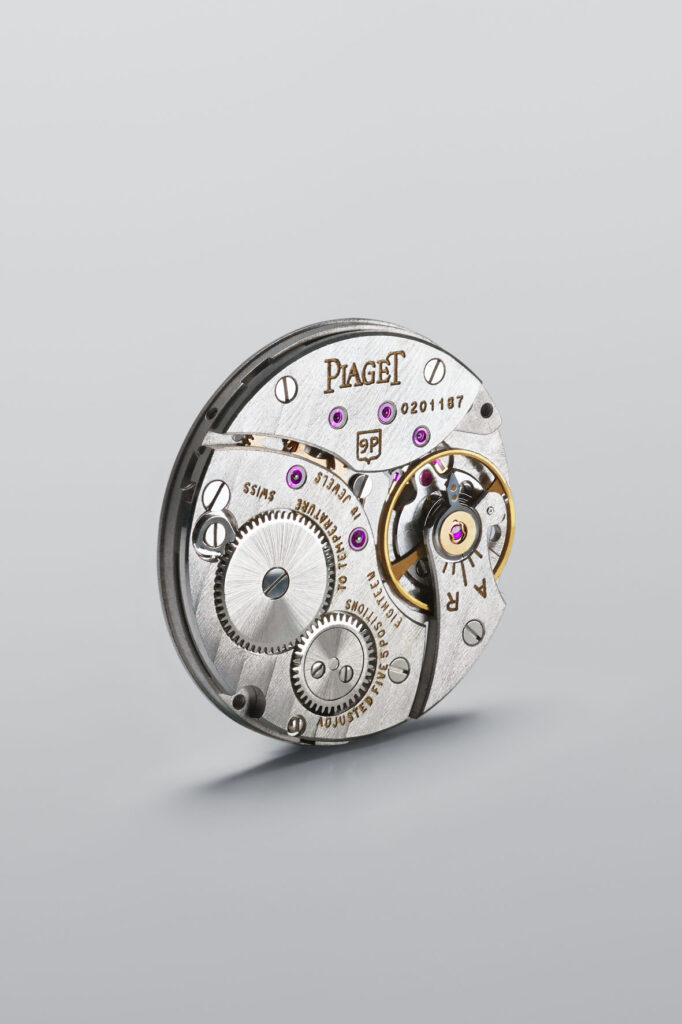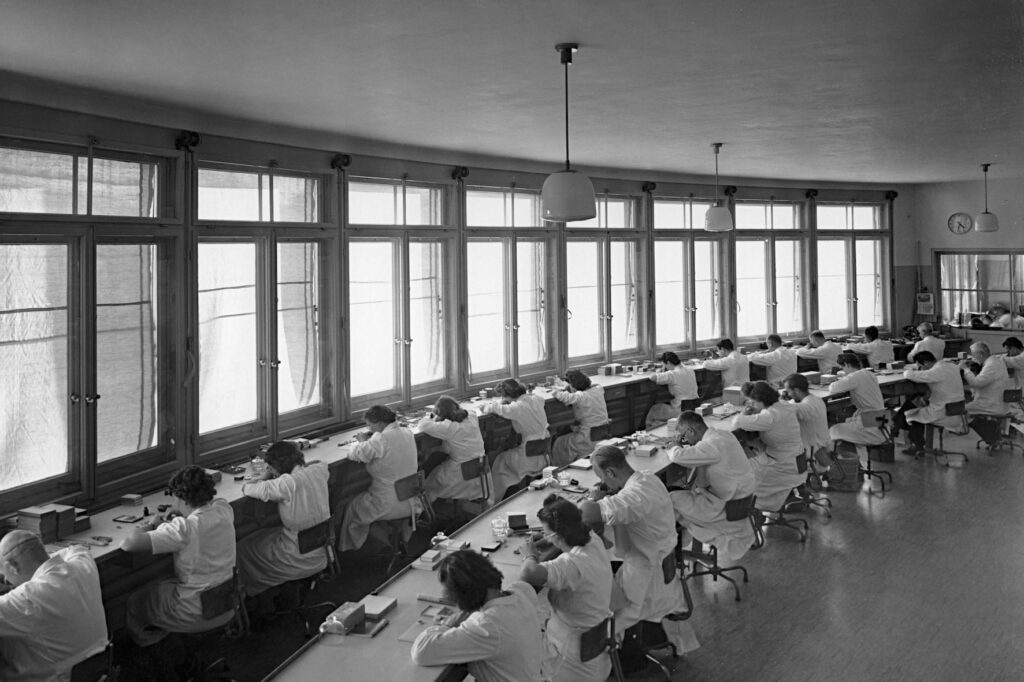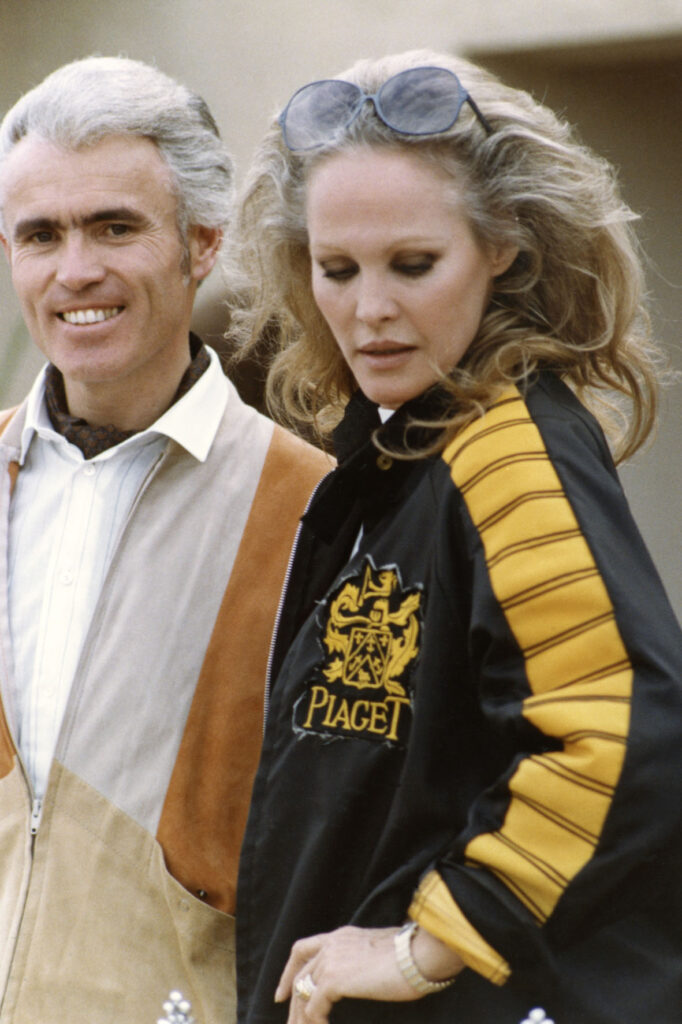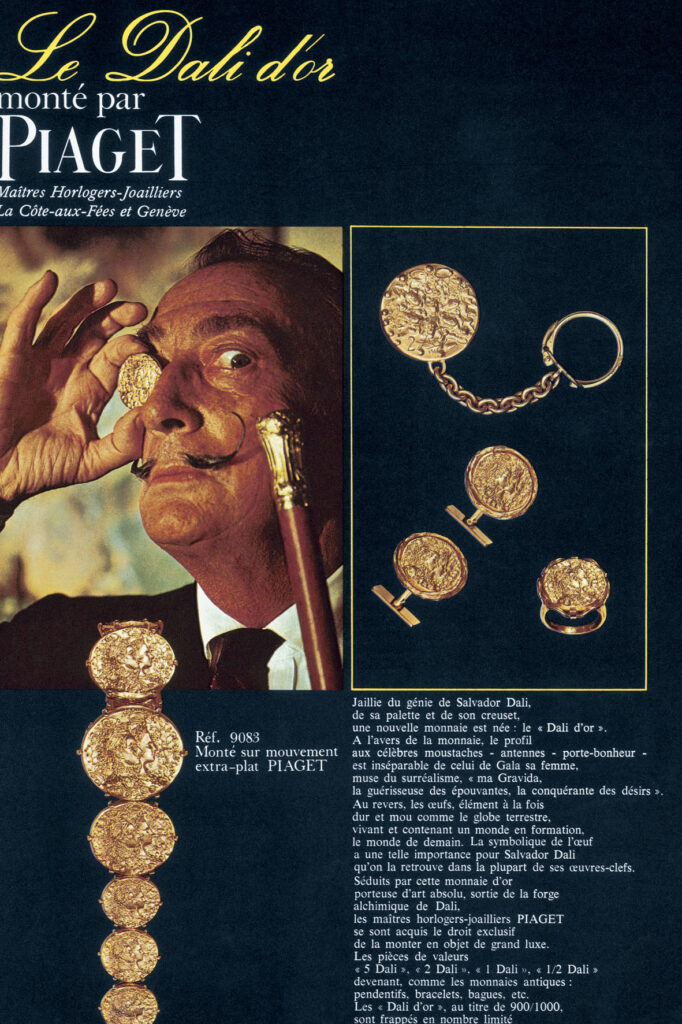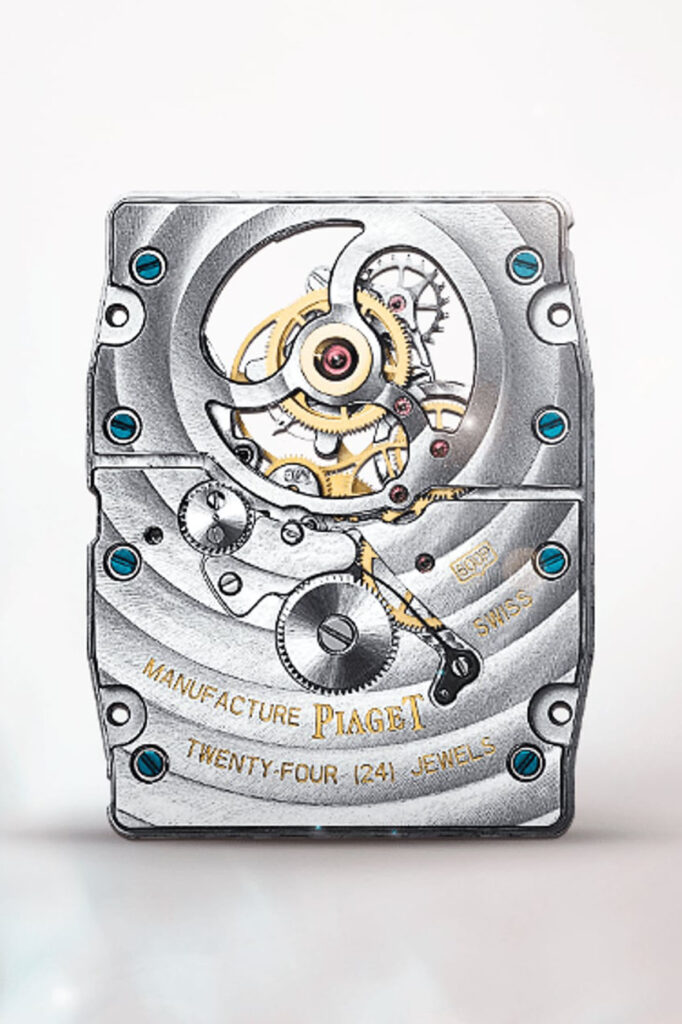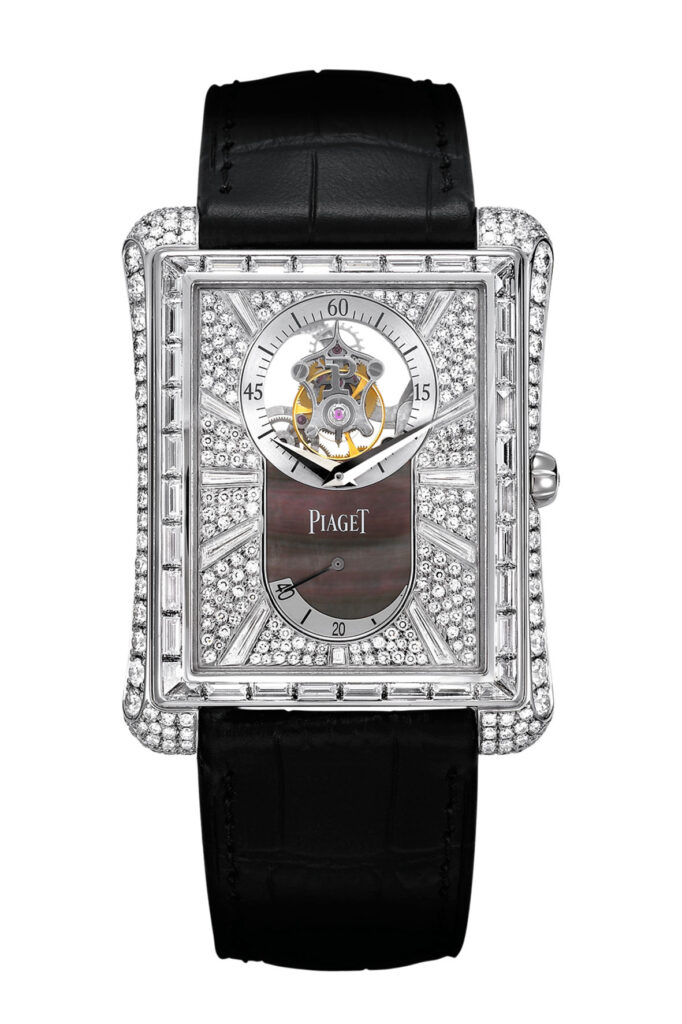Piaget: 150 years of technical and aesthetic supremacy
10 June 2024THE BEGINNING YOU WOULDN’T EXPECT: A FARMER-WATCHMAKER
Piaget for us, but also for our grandparents, is a name which evokes only beautiful and grandiose things tied to luxury, great savoir-faire, the high-fashion world and the glittering ‘red carpets’ walked by cinema’s greatest stars. Instead, it is interesting to discover that, 150 years ago, at the origins of this extraordinary watchmaking icon was a very pragmatic need for a farmer to economically survive the harsh mountain winters with a second job that he could do indoors.
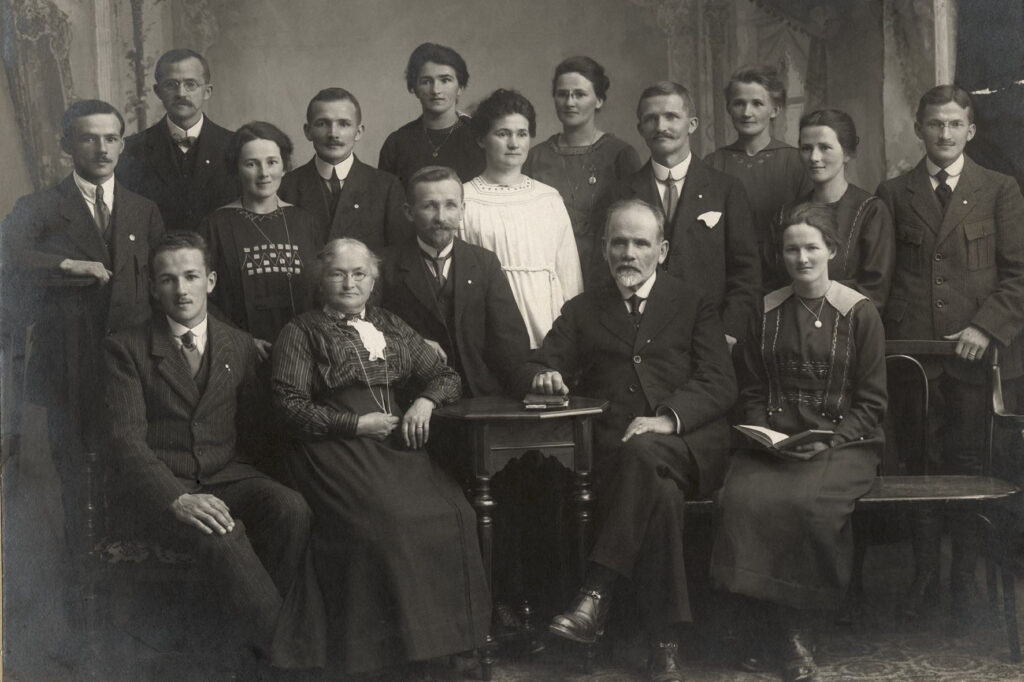
What does this have to do with Piaget? It’s simple: in 1874 in La Côte-aux-Fées, a quiet village in the Swiss Jura, the 19-year-old farmer Georges-Edouard Piaget decided to fervently apply himself to watchmaking during the long Jura winters. Actually, this doesn’t come as a surprise as it was quite a usual practice in that region. The real surprise was that Georges-Edouard was extremely gifted, especially when it came to lever escapements. Thus, in a short time, watchmaking – or rather the production of high-precision movements – became the job of the whole family. Growth was steady, reaching truly high levels, so much so that in the 1920s, the Piaget family’s movement workshop supplied several prestigious brands, such as Audemars Piguet, Rolex, Vacheron Constantin and Cartier.
A TURNING POINT FOR THE WORLD: AN EXTRA-THIN CALIBRE BY PIAGET
And suddenly the inevitable happened. Having been for decades ‘only’ a subcontractor for the most prestigious Swiss brands, although very important and very reliable, came a moment in which this role became too restrictive for the Piaget family. Hence the momentous decision: in 1943, at the urging of Gérald and Valentin Piaget, the founder’s grandsons, the trademark was finally registered. From this moment on, Piaget has been what it is today: a highly refined manufacturer of sublime watches under its own name.
The move worked like a charm and the La Côte-aux-Fées manufacture soon became the region’s main employer. With the two brothers, Gérald and Valentin, beginning to work on the brand’s current identity; that is, on the one hand they focused on the movements – reducing the diameter and thickness – and on the other hand on aesthetics, creating the first ring-watches and coin-watches. It worked. The brand began to expand on the international stage, and orders started to come in from all over the world. Then came 1957 and 1958, which represent the turning point. Not for Piaget, but for the whole world, who was amazed by the two ultra-flat movements developed by Valentin. The hand-wound 9P calibre and the 12P, which, with a thickness of only 2.3 mm, triumphantly entered The Guinness Book of Records as the flattest automatic movement of its time.
THE GOLDEN AGE: TECHNICAL-AESTHETIC CREATIVITY AT ITS PEAK
For Piaget, the 1960s and 1970s were marked by increasingly exclusive and innovative luxury in all its forms. And among the great Swiss maisons, the Manufacture in La Côte-aux-Fées – which had in the meantime doubled its production with a new factory in Plan-les-Ouates, in the Geneva area – was certainly the one that dared the most.
These were the years under the ‘Piaget watchmaker-jeweller’ banner, as production focused only on cases made of precious metals, with an unparalleled mastery of gold and platinum working techniques that allow to create bracelets of astounding flexibility and with the introduction of diamonds and dials in hard stones (lapis lazuli, onyx, tiger’s eye, opal, jade, coral and malachite), part of the – ingenious – move of building up on the ‘jewellery-watch’, also thanks to the 21st Century collection. The international jet-set just went crazy, and the term ‘Piaget Society’ was born, identifying the glittering luxury-hippie spirit of artists, musicians, models, actors and stylists who made up its elite clientele. Piaget watches were seen on the wrists of both Jackie Kennedy and Andy Warhol, and a creative relationship with Salvador Dali was established for the Dali d’Or: a coin minted with the artist’s name, in his endeavor to incarnate more and more a living work of art himself.
By the second half of the 1970s, the throttle is at full. Piaget, confident in its mechanical excellence, was not afraid to experiment, thus contributing to the development of the Beta 21, the first and most famous Swiss quartz movement (it then also ventured into quartz in ultra-thin watches: the 7P, in 1976, was the thinnest movement in the world, later replaced by the even thinner 8P, only 1.95 mm thick). And in 1979, the brand gave its own – highly original – take on the chic high-end sports watch category with a bracelet integrated into the case, through the solid gold Polo collection, a supreme icon for the most refined Wall Street yuppies.
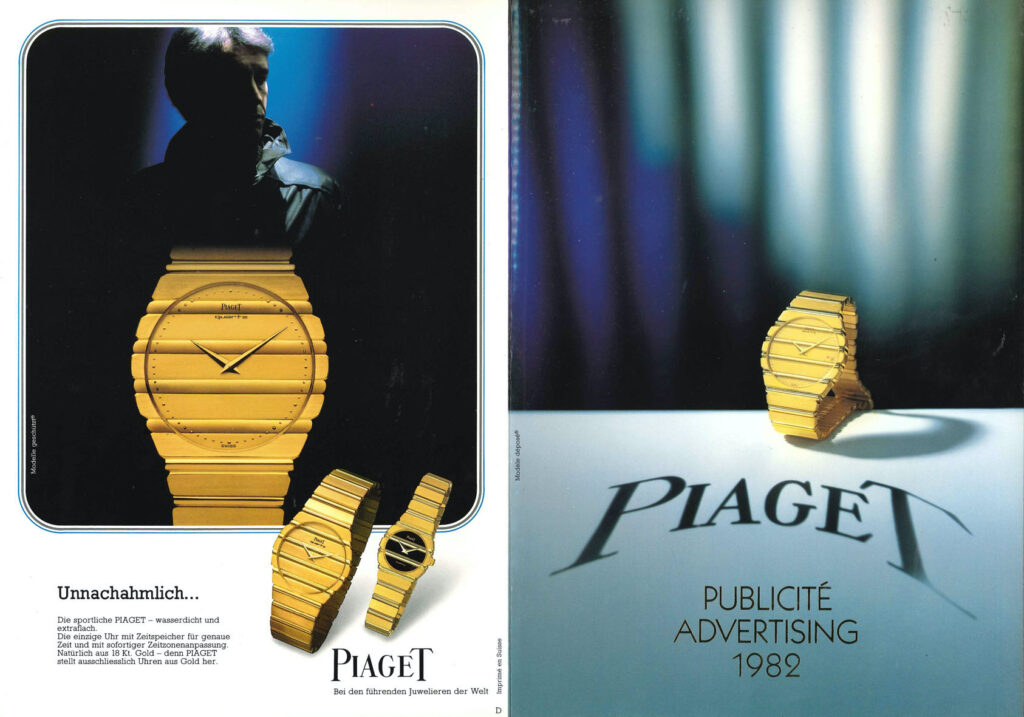
TODAY’S IDENTITY, A RIGHT BALANCE
The rest is history. Piaget, in 1988, became part of Richemont, the world’s largest luxury watchmaking brands group. This didn’t take anything away from Piaget’s soul or identity, but on the contrary it allowed it to focus on doing only what it did best: the very best in technical and aesthetic high-level and top-of-the-range watchmaking. Successful jewellery lines flourished – Possession and Limelight Gala on top of all – but at the same time, expertise in the distinctive ultra-thin segment allowed Piaget to create the 430P movement – the successor to the 9P – housing it in the Altiplano model, still and forever a masterpiece of purity and classicism. And from this movement, sixteen other new calibres were born, including the extraordinary 600P, the world’s flattest tourbillon.
To conclude this triumphant round-up of Piaget’s 150 years and its marvellous timepieces, it is worth lingering over the most striking – and philologically successful – novelty of 2024: the sumptuous Polo 79. Also celebrating the 45th anniversary of the collection, it is a return to the original design, which impressively alternates polished links with a gadroon motif with brushed links, in the same aesthetic continuity for the bracelet, case and dial. The differences from the original piece are absolutely in line with the current times: the quartz calibre was replaced with the fantastic ultra-flat 1200P1 self-winding calibre, while the case took on a perfect 38 mm diameter.
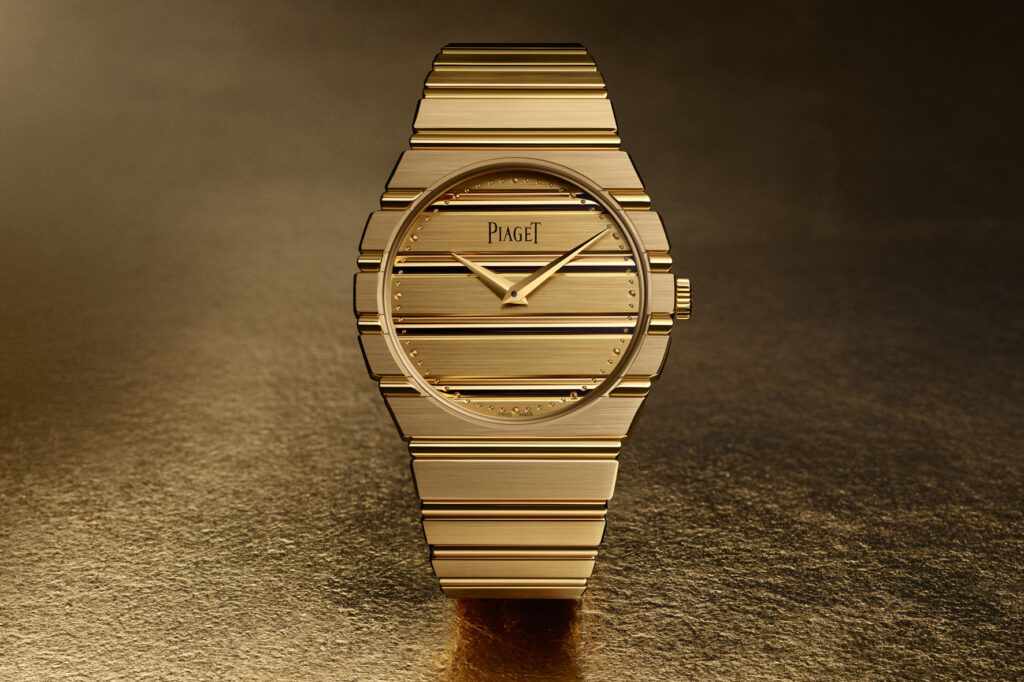
Ultimately, Piaget, in the variegated segment of the most prestigious haute-élite horlogerie, is by far the maison that has managed to harmonise technique at its best in terms of continuity and coherence – just think of its 37 manufacture movements, with no less than 25 ultra-flat calibres and 11 major complications – with a powerful, evocative and original look, both in the men’s and women’s segments. Andy Warhol once said, ‘An artist is anyone who knows how to do one thing well’. In this sense, Piaget is the world’s indisputable watchmaking artist.
By Michele Mengoli

